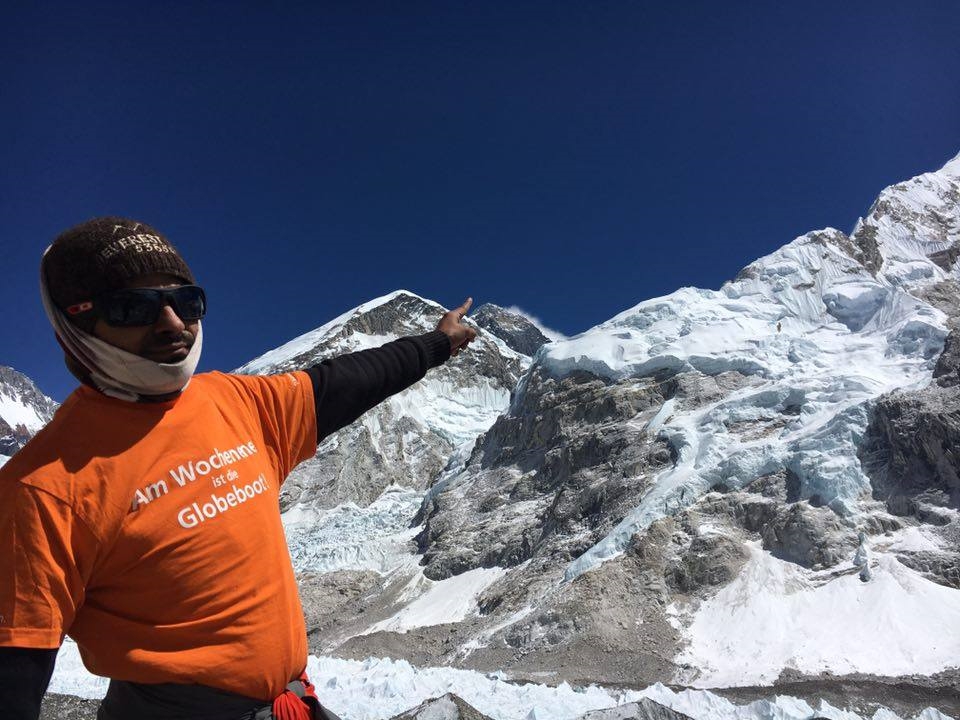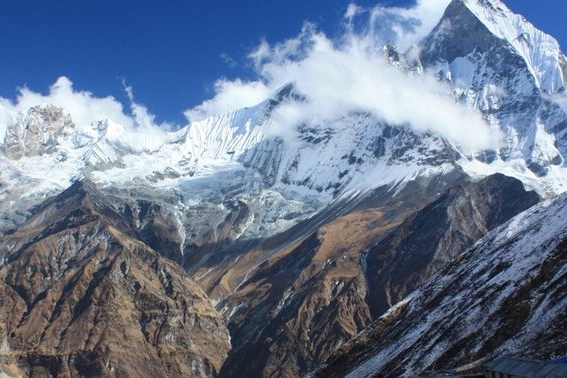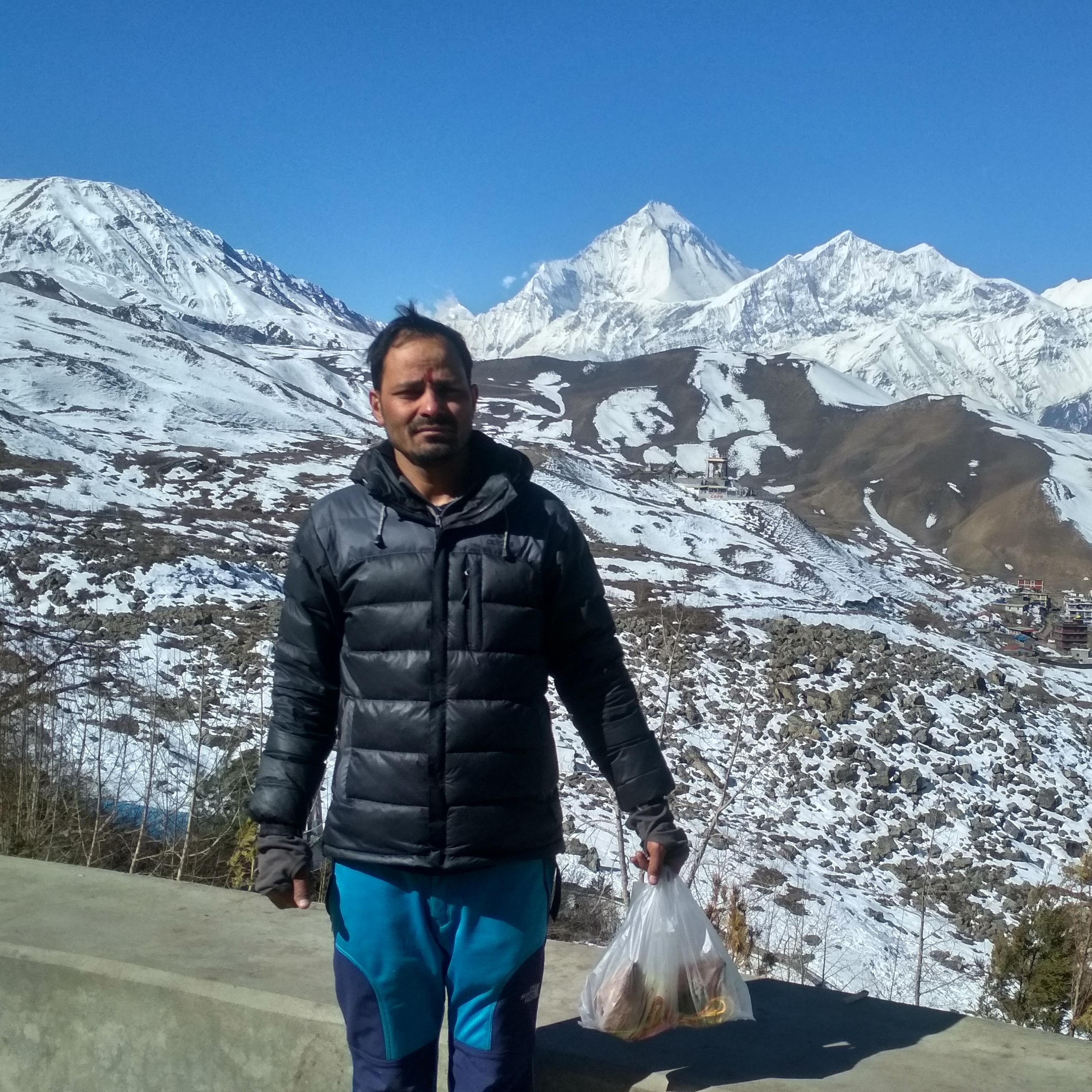Royal Trek
Royal Trek Highlights
- Begnas and Rupa Lake in Pokhara.
- Walk through tiny villages that belong to different ethnic groups.
- Take a boat to Fewa Lake.
- Discover their lifestyle, customs, and friendly hospitality.
- Discover stunning Himalayan vistas, such as those of Annapurna, Dhaulagiri, Machhapuchhre, and many others.
- Throughout the hike, take in the beauty of the natural world.
Royal Trek is a quick and easy hike with breathtaking views of the Manaslu and Annapurna mountain ranges, peaking at a maximum elevation of about 2170 meters (7119 feet) in the Annapurna foothills. This route is referred to as the “royal trek” because it was traveled on by British Prince Charles and his 90-person entourage during their early 1980s visit to Nepal. You can enjoy breathtaking views of the surrounding mountains, verdant forests, rice fields, and different communities throughout the trek.
The stunning city of Pokhara, which is well-known for the Himalayan range, a multitude of small and large lakes, temples, and natural caves, is where the royal trek starts. In addition, you can engage in a variety of adventurous sports like canoeing, rafting, bungee jumping, and boating. The trail then passes through the picturesque Gurung and Magar village before coming to an end in the wilds of Chitwan National Park. 56 different species of mammals (such as one-horned rhinoceroses, Bengal tigers, sloth bears, and others), reptiles, measure fish, butterflies, and other creatures can be found in the royal chitwan national park.
As a result, the Royal Trek is a reasonably short hike that offers breathtaking views of the Manaslu and Annapurna mountain ranges, including peaks like Lamjung Himal, Annapurna IV, and Machhapuchhare (fish tail).For those who have limited time and are new to trekking but still wish to see the Himalayas, this trek is a good fit. The Annapurna base camp trek and the Annapurna circuit trek are two popular treks in the Annapurna region, but the royal trek is a fantastic substitute.
Foods and lodging
Basic teahouses or lodges are available for lodging along the trek. Though fewer people travel these routes, there might not be as much lodging as on more well-known treks. However, the teahouses provide a comfortable spot to relax, eat warm meals like momo (dumplings) and dal bhat (lentil soup with rice), and socialize with other hikers.
Best time to trek
The best seasons to go on a royal trek in Nepal are spring (March to May) and fall (September to November). During the day, the temperature is moderate, the surroundings are cool, and the sky is clear. The pleasant variety of green forests and wild flowers permeates the entire area. Similar to this, autumn in Nepal is a joyous time of year when you can take part in various festivals there.
Permits for Royal trek
The royal trek comes under Annapurna region. So, to trek in Annapurna region, you need two different permits.
- Annapurna Conservation Area Permit (ACAP).
- Trekker’s Information Management System Card (TIMS).
Guide and Porter
To ensure safety and maximize your trekking experience, it is always advised to trek with a licensed guide or join an approved trekking agency registered with the Nepali government.
In addition to helping with lodging and permits, Nepal Holiday Treks and Tours Pvt. Ltd. can offer insightful information about the environment and culture of the area. Each guide is certified, experienced, well-trained, friendly, and covered by guide insurance. They always put your safety first before ensuring that your trip is enjoyable.
Travel Insurance
Travel insurance is required for any trek in Nepal, including the royal trekking route. Make sure your travel insurance includes coverage for unexpected emergencies and high-altitude trekking when purchasing it. You can also get coverage of other activities such as mountaineering, hiking, and adventure sports. In the case of an unplanned accident, it can provide you with financial security and peace of mind.
Altitude Sickness
Altitude sickness typically happens when you ascend to a high altitude too quickly. At high altitudes, your body tries to adapt to the lower oxygen levels and lower air pressure, which can cause symptoms like fatigue, headaches, and nausea. Here are a few strategies to help you avoid experiencing altitude sickness.
- Stop and rest where you are.
- Do not go any higher for at least 24 to 48 hours.
- Make sure you are drinking enough water.
- Do not smoke, drink alcohol, or exercise.
Culture and Religion
You will experience the distinct Hindu culture and way of life along the trail, where the majority of the populations are Brahmin, Chhetri, Kami, and Damai.
Royal Trek Itinerary
Drive from Pokhara to Bijayapur and Trek to Kaliasthan
Trek from Kalikasthan to Syaklung
Trek from Syaklung to Chisapani
Trek from Chisapani to Pokhara
Drive from Pokhara to Kathmandu
Royal Trek Inclusions
What's included
- The facility of pick and drop from airport to hotel and vice versa
- Accommodation in one of the best tea houses during the trek as well as best camping services
- All the above meal plans
- Permit fee for trekking and TIMS card
- A trekking guide as per your language flexibility as well as an assistant guide as per four trekkers and a porter for two of each trekker. All the staffs are provided with their salary and insurance as well as the required equipments too
- Welcome and farewell dinner at a typical Nepali cultural restaurant in Kathmandu or Pokhara
- First aid kit will be carried by one of our staffs
- Kathmandu to Pokhara to Kathmandu by tourist bus
- All the government as well as local taxes will be cleared before the commencement of your trekking
Add-ons
What's not included
- International airfare and visa fees
- Lunch and dinner in Kathmandu
- Personal expenses of bar and beverage bills, wifi, hot shower, bottle of water, extra porters, laundry or any other things which are not mentioned by the company
- Your trekking gears and extra nights in a certain destination
- Your travel insurance which should include the emergency rescue
- Tips for your guide and porters
- Entrance fees during the sightseeing
- Extra expenses due to any event such as strikes, weather conditions, or flight delays




